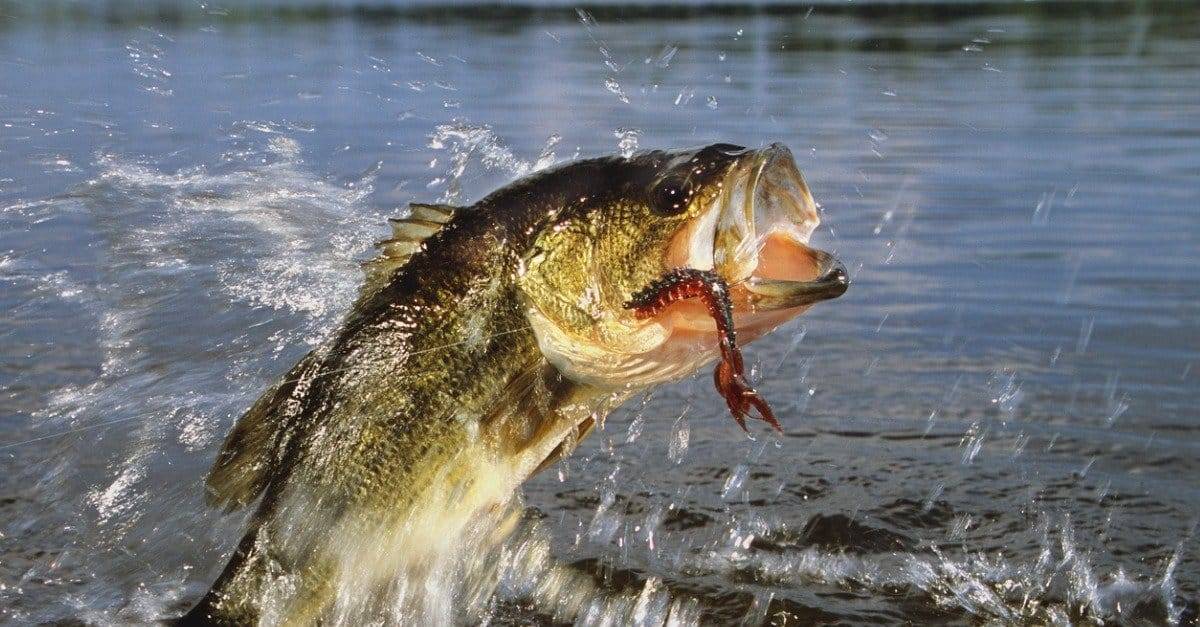Mastering the Art of Catching Largemouth Bass: Proven Techniques and Tips
Largemouth bass, one of North America’s most popular freshwater game fish, is sought after by anglers for its powerful fights and impressive size. Successfully catching largemouth bass requires a combination of skill, knowledge, and a deep understanding of their behavior. Whether you’re a seasoned angler or a novice, this article will provide you with essential techniques and tips to increase your chances of reeling in that trophy-sized bass.
Understanding Largemouth Bass Behavior
To effectively catch largemouth bass, it’s crucial to understand their behavior. Largemouth bass are known for their preference for shelter and ambush points. They tend to hide around structures such as submerged vegetation, fallen trees, rocks, docks, and underwater ledges. These areas provide them with cover and the opportunity to ambush prey.
- Strategies to Attract Bass to Your Fishing Area »
- Bass Fishing: When Is the Best Time to Reel in the Big Catches? »
Choosing the Right Equipment
Selecting the appropriate equipment is vital to a successful bass fishing experience. Opt for a medium to heavy-action rod paired with a baitcasting or spinning reel. Use a fishing line with a sufficient pound-test rating to handle the fight of largemouth bass, typically between 10 to 20 pounds.
Best Bass Fishing Rods for Every Angler’s Arsenal »
Selecting Lures and Baits
Largemouth bass are opportunistic predators that will strike a variety of lures and baits. Some effective options include:
- Plastic Worms: These versatile baits imitate worms, insects, and small fish. Texas or Carolina rigging is famous for fishing plastic worms around cover.
- Crankbaits: These lures mimic wounded baitfish, making them ideal for covering large areas of water.
- Jigs: Jigs are great for targeting bass hiding in heavy cover. Combine them with soft plastic trailers for added attraction.
- Topwater Lures: These lures create a commotion on the water’s surface, attracting bass looking for an easy meal.
- Spinnerbaits: Spinnerbaits work well in murky water and low-light conditions, thanks to their vibration and flash.
Seasonal Bass Lures: Matching Your Lure to the Conditions »
Techniques for Catching Largemouth Bass
- Pitching and Flipping: When fishing around heavy cover, use pitching and flipping techniques to place your bait precisely in tight spots where bass might be hiding.
- Retrieve Patterns: Experiment with different retrieve speeds and patterns to find what triggers the bass to strike. Sometimes a slow and steady retrieve works, while other times a more erratic movement is effective.
- Sight Fishing: In clear water, you might be able to spot bass near their nesting sites during the spawning season. Approach slowly and use lightweight lures to avoid spooking them.
- Seasonal Considerations: Bass behavior changes with the seasons. In spring, they move to shallower waters to spawn. In summer, they seek cooler and deeper areas. Fall brings them back to shallower waters, and in winter, they become less active.
Respect Conservation and Regulations
Always follow local fishing regulations and practice ethical angling. Catch and release are encouraged for maintaining healthy bass populations. Use proper handling techniques to minimize stress on the fish, ensuring their survival after being released.
Conclusion
Catching largemouth bass is both a challenging and rewarding pursuit. By understanding their behavior, using the right equipment, selecting the appropriate lures, and employing effective techniques, you can increase your chances of landing that elusive trophy bass. Remember, patience and persistence are vital to mastering the art of largemouth bass fishing. So, gear up, head out to your favorite fishing spot, and embrace the thrill of the chase as you aim to catch these remarkable freshwater predators.
